Featured Media

Video
May 02, 2019
The Cornell Wildlife Health Center co-hosted "Feeding the World Without Devouring It - A Planetary Health Symposium," a lively discussion on food, food security, and environmental stewardship. Guest speakers came from diverse walks of life to share their experiences and perspectives.
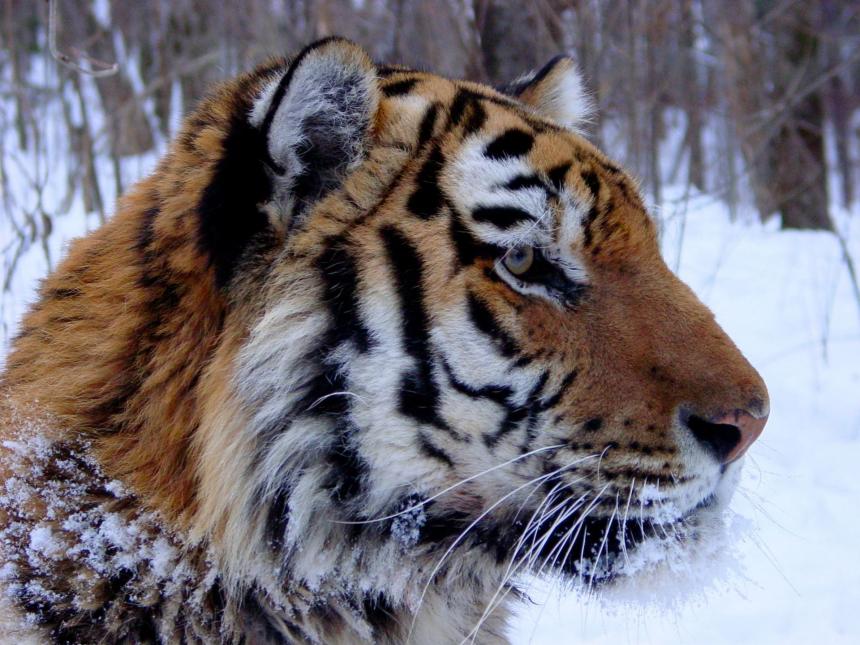
February 18, 2019
by
Martin Gilbert
The fate of our wildlife lies at the hands of our policy makers – an obvious statement perhaps, but sometimes these forces work in unexpected ways....

December 13, 2018
Cornell undergraduate Montana Stone ’19 is documenting the normal vocalizations of Javan rhinos for the first time. The recordings will allow scientists to better monitor the Javan rhino population, gain insights into group dynamics and structure, and potentially help to identify ideal candidates for eventual translocation to establish a second population.
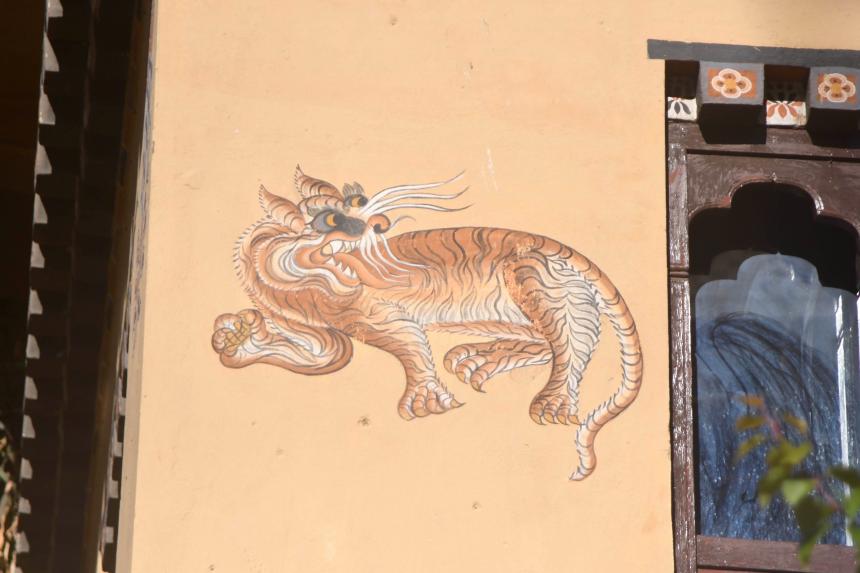
December 03, 2018
by
Martin Gilbert
While sitting in a café contemplating the surrounding forested hills, it struck me that there is something unique about the city of Thimphu in Bhutan....
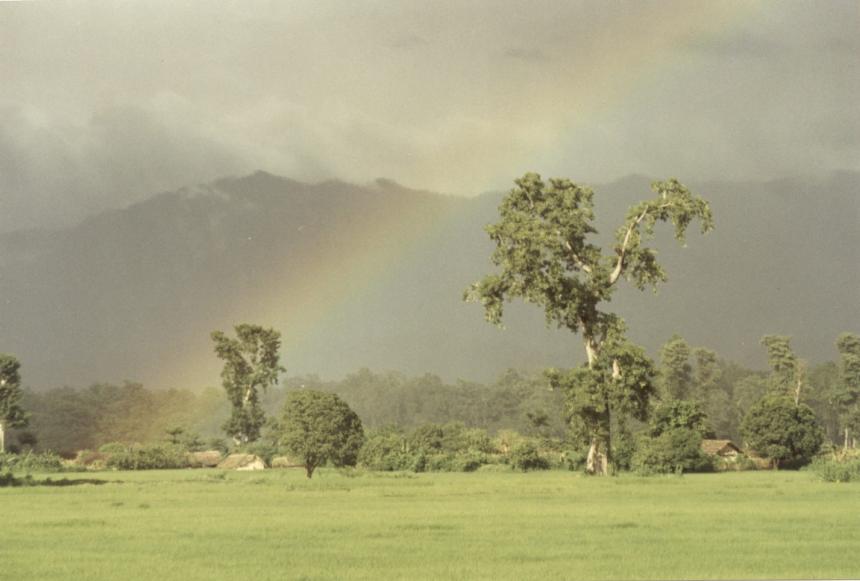
October 17, 2018
by
Martin Gilbert
On a sweltering monsoon afternoon in September 1994, I stepped out from a garish-painted bus in western Nepal, the driver pointing me south along a rough track threading off between vibrant green rice fields....
Video
May 15, 2018
Dr. Noha Abou-Madi of Cornell’s College of Veterinary Medicine discusses how a clouded leopard is trained to accept care from a veterinarian.
Video
May 15, 2018
Dr. Noha Abou-Madi of Cornell’s College of Veterinary Medicine discusses how a pair of otters are trained so that veterinarians can assess their overall health.
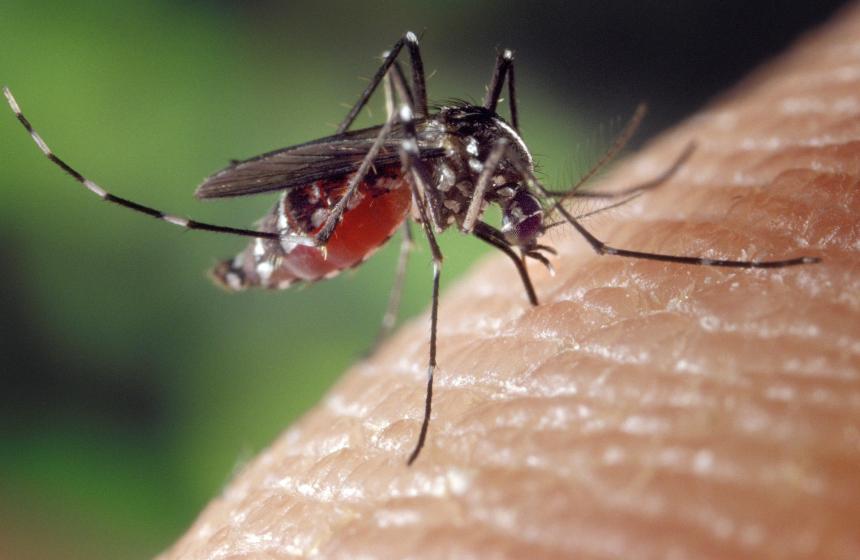
Podcast
April 18, 2018
Dr. Steve Osofsky probes at the deeply intertwined relationships between our health and our environment in this episode of the "What Makes Us Human" podcast series.
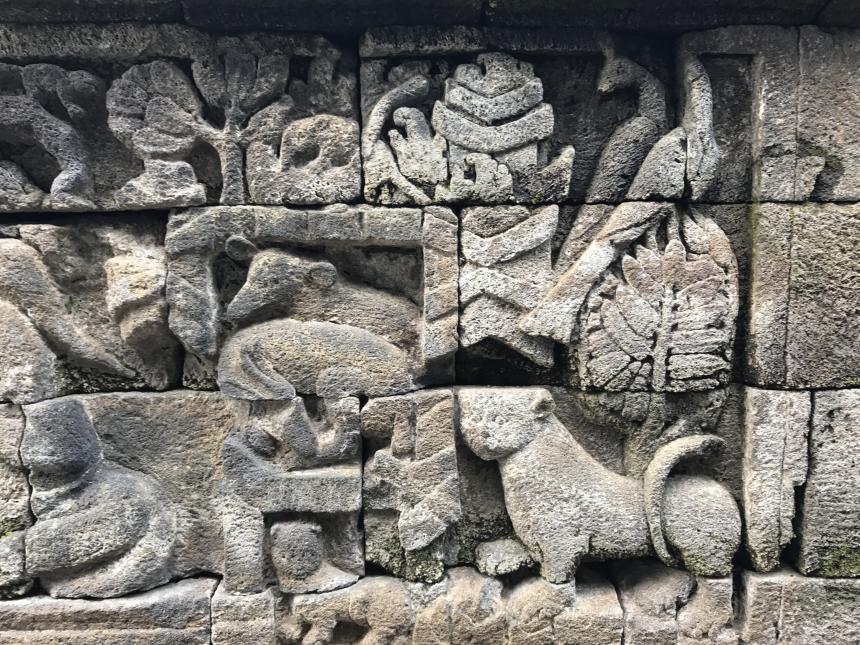
March 03, 2018
by
Martin Gilbert
Given their near supernatural reputation, it can be hard to distinguish the truth of the tiger from its mythology....

